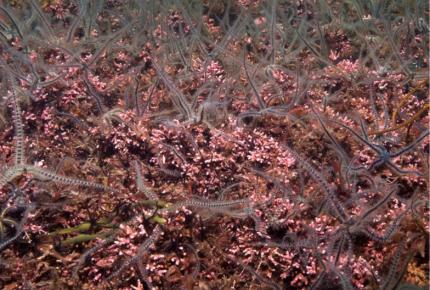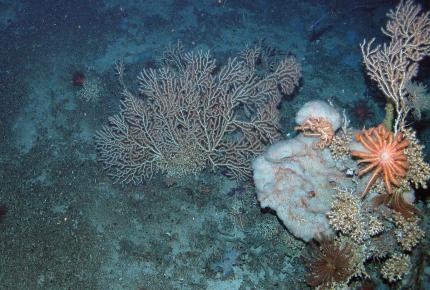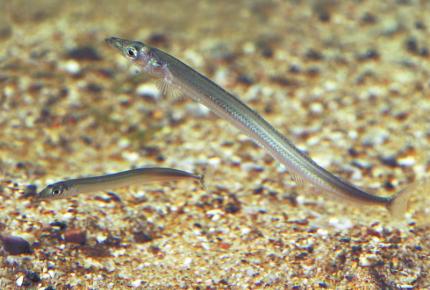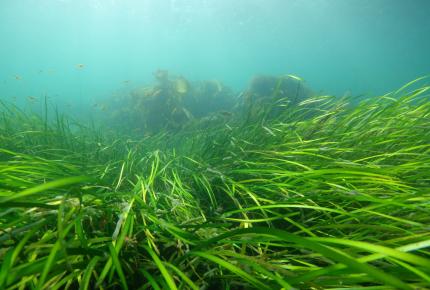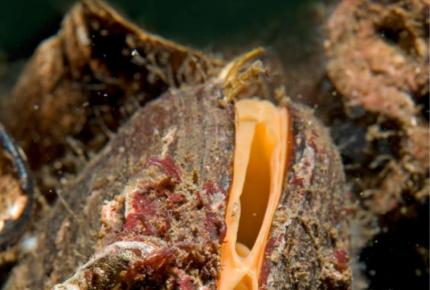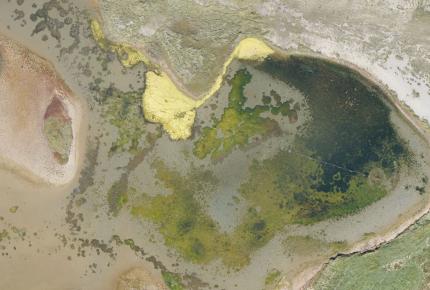The 2015 MCCIP Report Card on marine biodiversity legislation showed that climate change is likely to have significant impacts on the UK’s marine protected areas and their features but identified a lack of guidance on how protected features should be managed to build resilience to climate change.
Building on this work, MCCIP collaborated with some of the UK’s leading experts from academia and nature conservation agencies to produce a series of cards on how to manage protected species and habitats in the face of climate change. These were published in 2018.
The seven cards focus on specific protected features (habitats or species) that are vulnerable to climate change. These features are also known to help support wider plant and animal communities, provide nursery grounds for fish and shellfish, and store carbon that would otherwise be released into the atmosphere.
